Category Posts
-
Finding The Best Harley Compensator Upgrades Available Today


When it comes to enhancing the performance and reliability of your Harley-Davidson motorcycle, upgrading the compensator is a key step. The compensator acts as a buffer between the engine’s crankshaft and the transmission, absorbing shocks…
Overlay Grid
Category Grid
Latest Articles
-
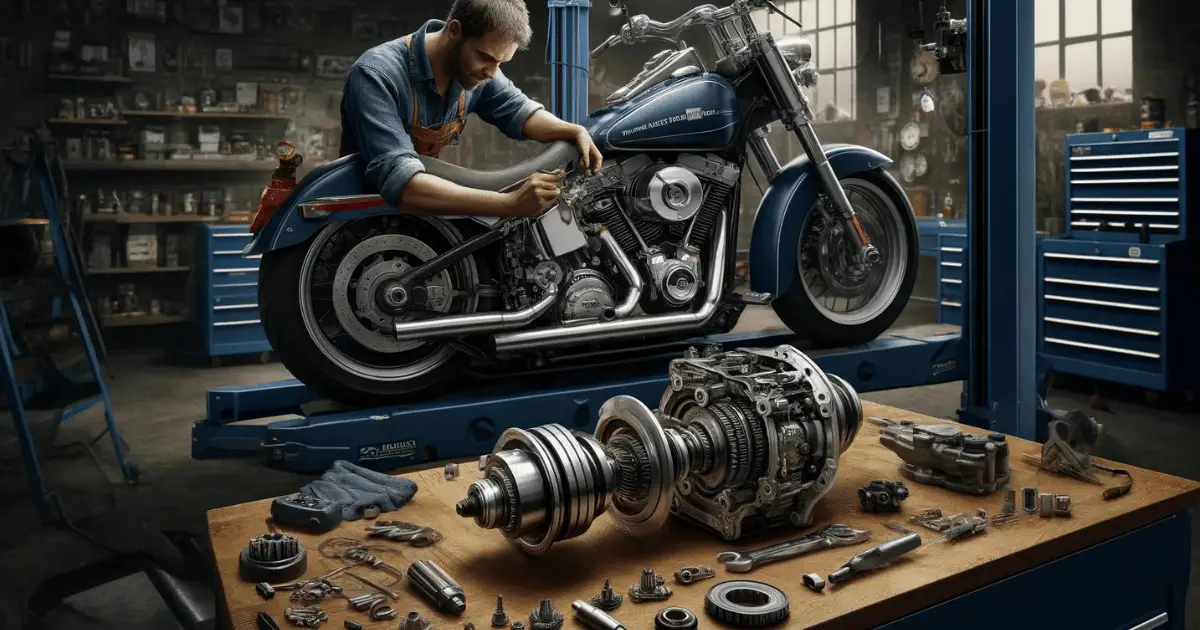
Finding The Best Harley Compensator Upgrades Available Today

When it comes to enhancing the performance and reliability of your Harley-Davidson motorcycle, upgrading the compensator is a key…
-
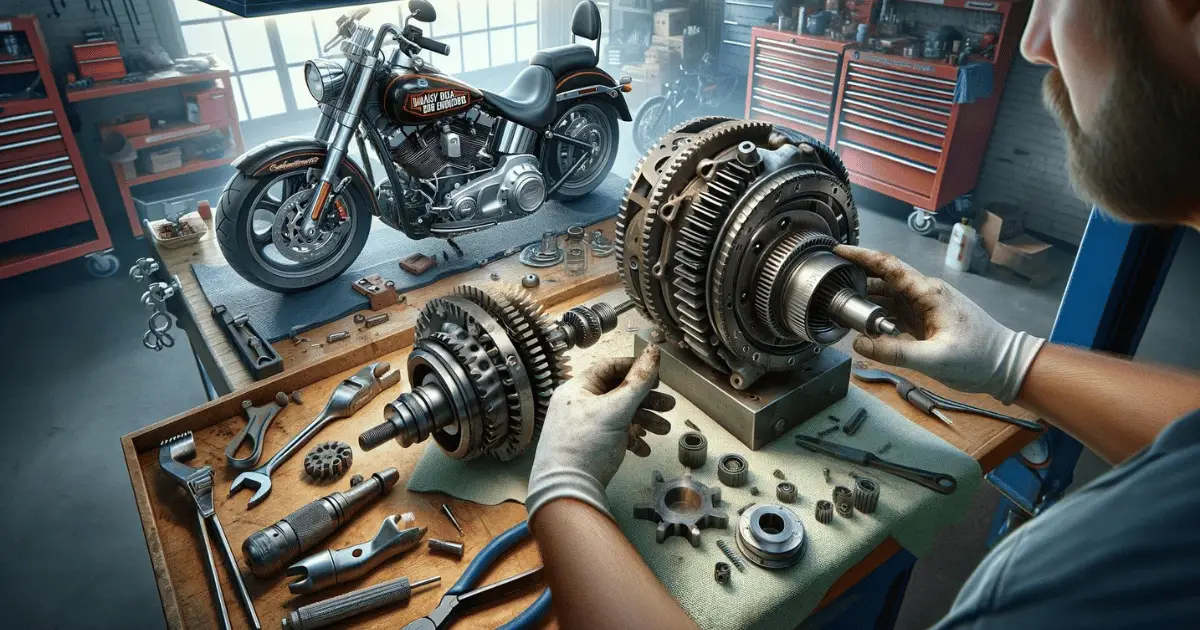
Man o’ War Compensator Review: Enhance Your Rumbling Ride

I know what it’s like to be continually seeking upgrades that enhance the performance, comfort, and reliability of your…
-
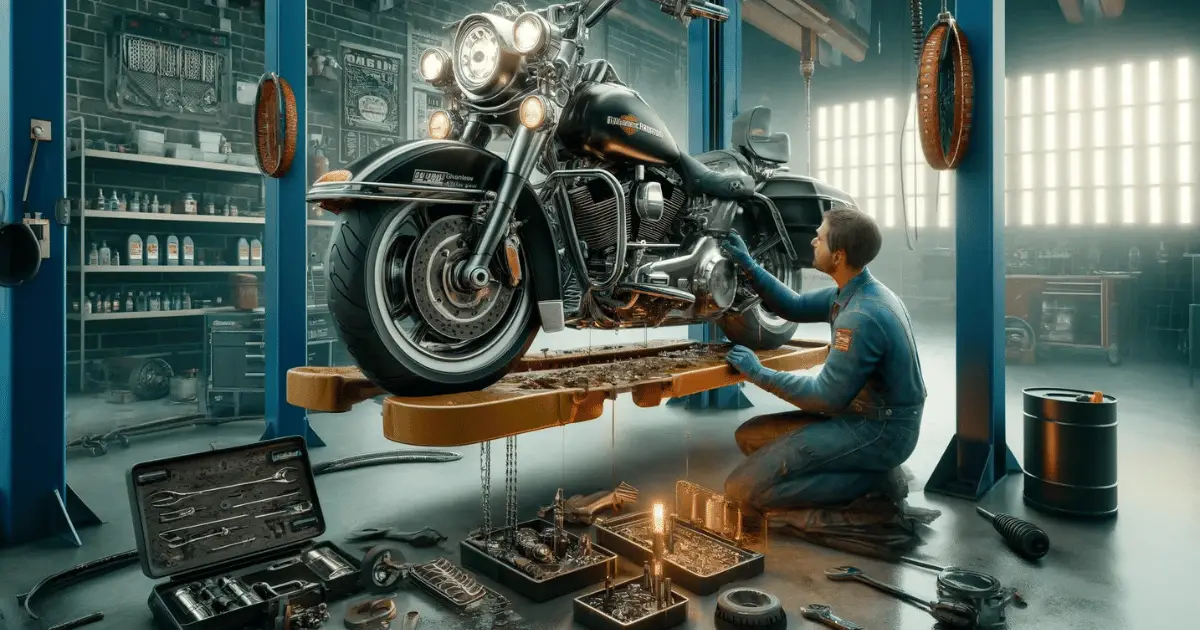
Harley Davidson Oil Leaks: Quick Fixes for a Sealed Ride

Harley Davidson motorcycles are renowned for their classic design and robust performance. However, like any vehicle, they are susceptible…
-
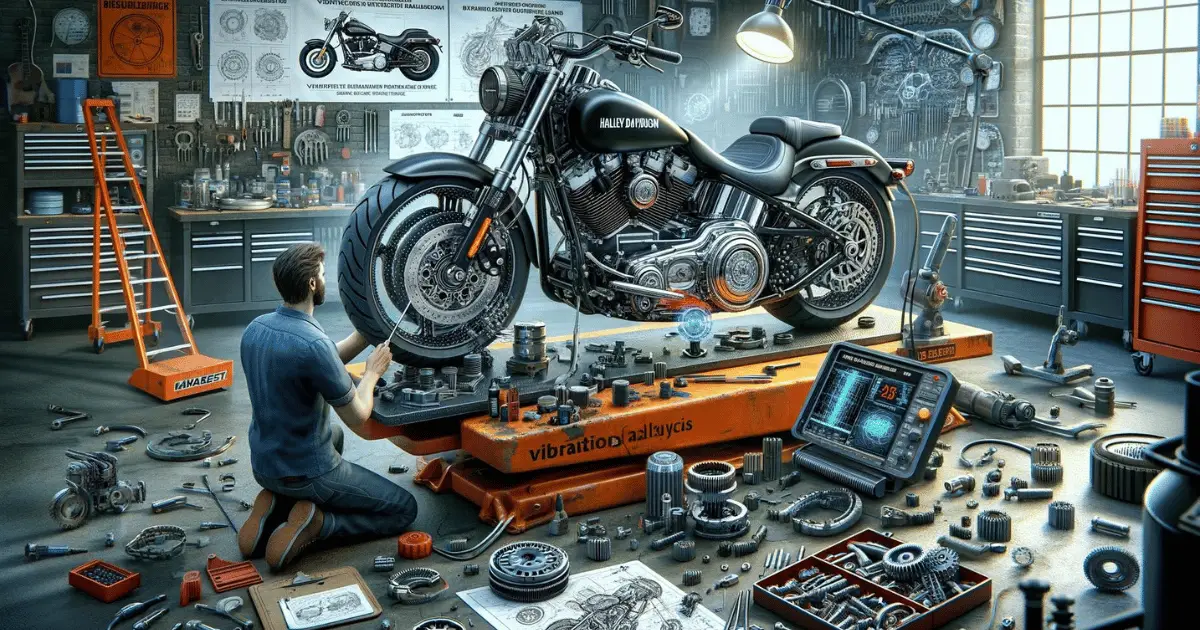
Harley Davidson Excessive Vibration: Tips to Smooth It Out

Excessive vibration on a Harley Davidson motorcycle is a concern that many riders have experienced. Whether you own a…
-
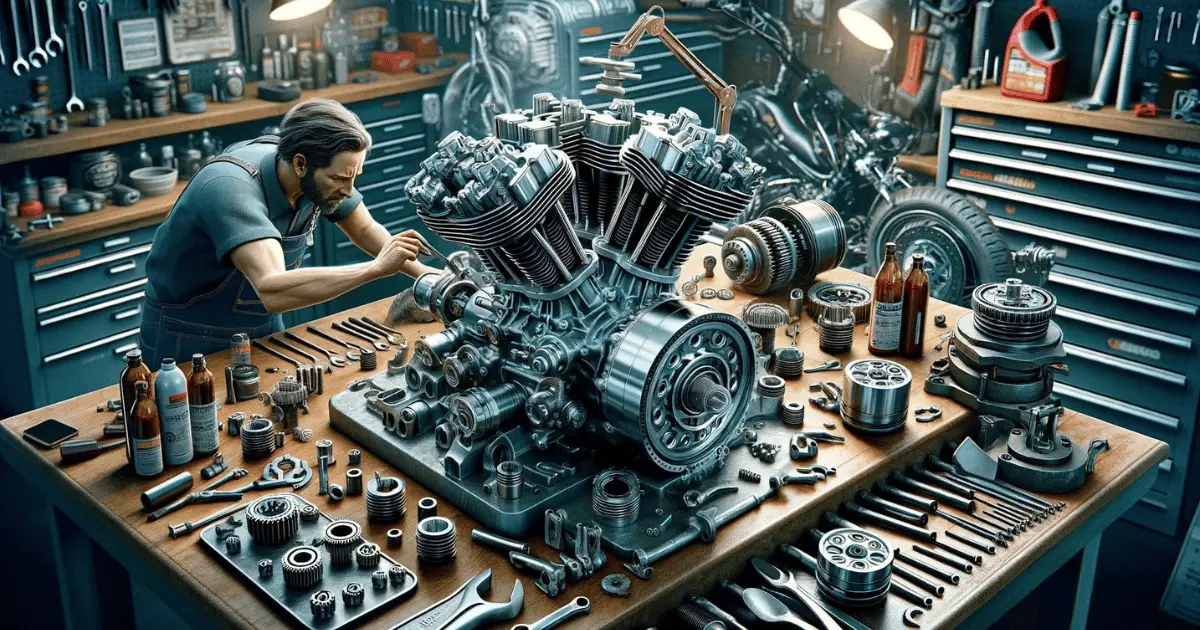
Harley Engine Knocking Sound: Causes and Fixes

If you own a Harley Davidson motorcycle, you know that it’s more than just a machine. It’s a lifestyle,…
-
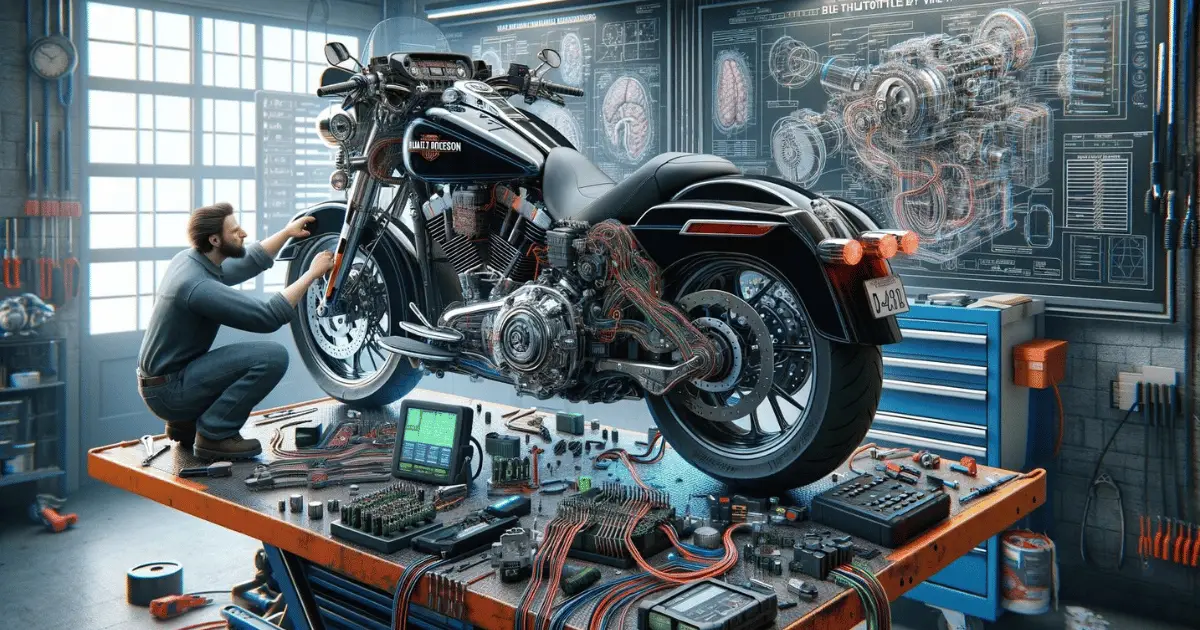
4 Most Annoying Harley Davidson Throttle by Wire Problems

Are you experiencing throttle by wire problems with your Harley Davidson? If so, you’re not alone. Many Harley riders…
Latest Articles
-
Finding The Best Harley Compensator Upgrades Available Today


When it comes to enhancing the performance and reliability of your Harley-Davidson motorcycle, upgrading the compensator is a key step. The compensator acts as a buffer…
-
Man o’ War Compensator Review: Enhance Your Rumbling Ride


I know what it’s like to be continually seeking upgrades that enhance the performance, comfort, and reliability of your ride. Especially In the world of Harley…
-
Harley Davidson Oil Leaks: Quick Fixes for a Sealed Ride


Harley Davidson motorcycles are renowned for their classic design and robust performance. However, like any vehicle, they are susceptible to maintenance issues, with oil leaks being…
-
Harley Davidson Excessive Vibration: Tips to Smooth It Out


Excessive vibration on a Harley Davidson motorcycle is a concern that many riders have experienced. Whether you own a seasoned Road Glide or a modern Ultra…
-
Harley Engine Knocking Sound: Causes and Fixes


If you own a Harley Davidson motorcycle, you know that it’s more than just a machine. It’s a lifestyle, a passion, and a symbol of freedom.…

